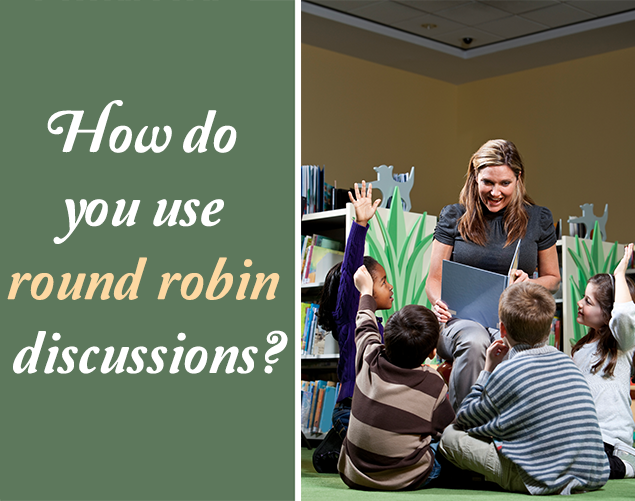Brainstorming Strategies for Cooperative Learning
Posted by Network Support · Leave a Comment
Include every student in cooperative learning using this brainstorming strategy. Classroom discussions can encourage critical thinking, student participation, and a better understanding of content.
Brainstorming sessions are great education tools to facilitate cooperative learning. Brainstorming in the classroom facilitates active student participation, assists with generating ideas and sharing information or knowledge among students. It is a fun and interactive method for learning and retaining information in the classroom.
However, even in brainstorming sessions there are instances where there is unequal participation among students. This problem can be rectified by incorporating the Round Robin Discussion strategy.
What is a Round Robin Discussion strategy?
This brainstorming strategy is also known as the Rally Robin strategy and is an academic discussion where the participants are seated around a round table. Similar to other brainstorming strategies, the Round Robin Discussion also revolves around students generating ideas on a particular topic, statement or question. However, there are few unique characteristics to this strategy:
- Equal participation by students: The key point of this strategy is to give each student a chance to contribute to the discussion. Instead of students voicing out their ideas all at once, the discussion follows a pattern- one student leads by stating his or her idea, the idea is written down by a scribe and once it has been recorded the student next to him or her shares their idea.
- Multiple discussions: Many tables can be arranged around the classroom, with each table assigned a specific topic for discussion. After the allotted time for discussion, each group moves onto the next table. This is continued until all groups have rotated around all the tables.
How to conduct a Round Robin Discussion
- Decide on the number of tables and prepare that number of questions or topics to be discussed by the students.
- Place students into small groups of no more than 5 members. Each group should contain a scribe, reader and a presenter.
- Arrange the physical environment by placing the tables and chairs in a circular layout. Give each table a question sheet, along with another piece of paper for the brainstorming ideas. Provide different colored pens so that each group can be assigned a particular color, so as to easily identify the answers generated from each group.
- Make sure that each student is able to contribute their ideas before changing tables. The teacher can have a timer or watch to see when everyone has shared. Once all the groups have contributed to each table, the presenter is then able to read aloud to the class their last tables brainstorming ideas.
Thus by using the Round Robin Discussion strategy in the classroom, you can ensure equal participation by students and enhance cooperative learning in the classroom.
Like this article for teachers?
Browse the Professional Learning Board COURSE CATALOG to find related online courses for teachers in your state. Professional Learning Board is a leading provider of online professional development classes that teachers use to renew a teaching license or renew a teaching certificate.





